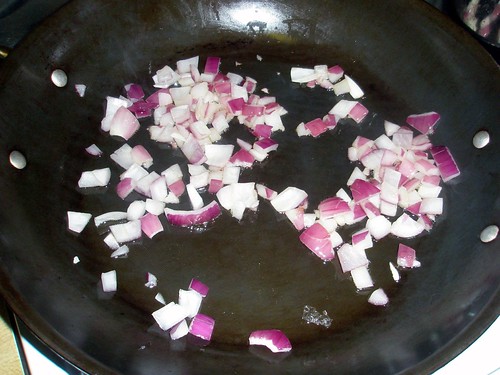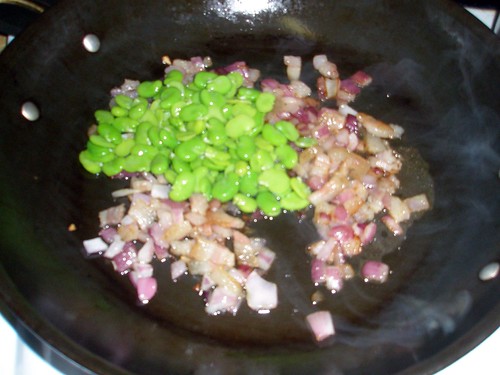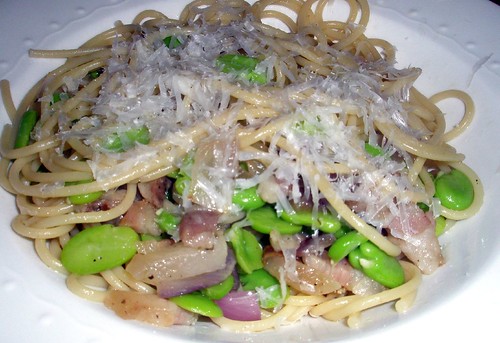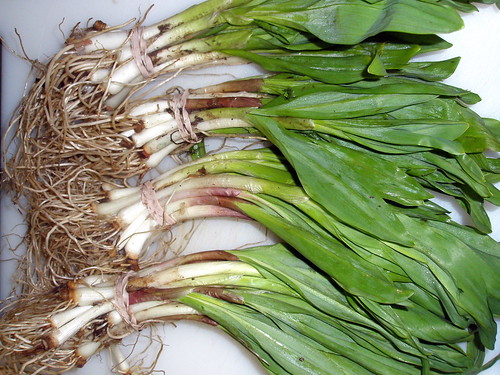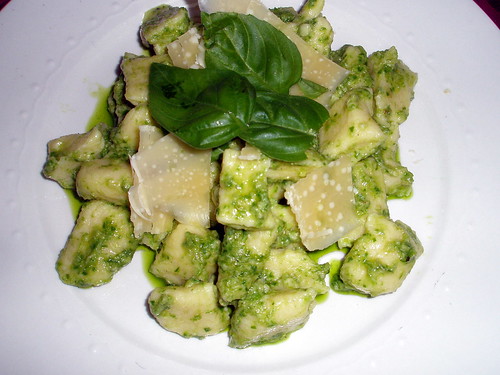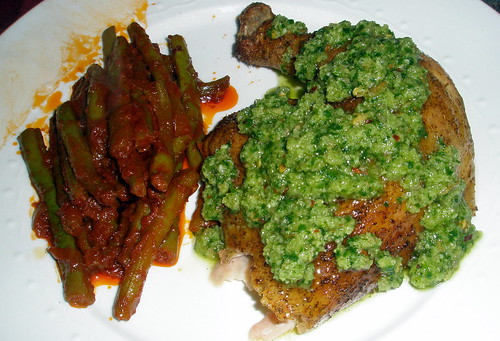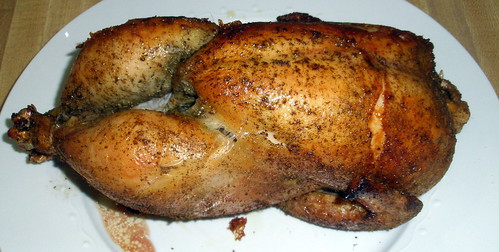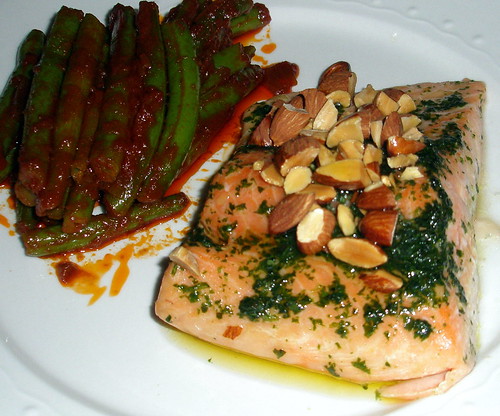Short Ribs alla Genovese
Adapted from A16: Food + Wine
Ingredients:
- 4 meaty, bone-in short ribs
- Kosher salt
- 4 tbsp olive oil
- 1 1/2 cups dry red wine
- 1 small carrot, peeled diced
- 1 celery stalk, trimmed and diced
- 5 anchovy fillets, minced
- 2 cloves garlic, peeled and crushed
- 5 black peppercorns
- 3 red onions, thinly sliced
- 3 tbsp red wine vinegar
- 1 sprig rosemary
Directions:
- At least an hour prior to cooking, remove the short ribs from the refrigerator. Trim any excess fat from the ribs and season them well with salt.
- Preheat the oven to 275F.
- In a small saucepan, boil the wine until reduced to 1/2 cup. Set aside.
- Heat 2 tbsp olive oil in a large Dutch oven over medium-high heat. Add the ribs to the Dutch oven and cook until well-browned on all sides, 8 to 10 minutes. Do not crowd the ribs; if necessary, cook them in two batches.
- Remove the ribs from the pan and set aside on a plate. Pour out the fat from the pan and wipe out any burnt bits from the pan with a paper towel.
- Add the remaining 2 tbsp of olive oil to the Dutch oven and heat over medium heat. Add the carrot and celery and cook until they are soft and beginning to brown, about 5 minutes, adjusting the heat of the pan as necessary.
- Stir in the anchovy, garlic, and peppercorns and continue and cook for 3 minutes, stirring occasionally.
- Add the onions and a pinch of salt to the pan and cook until the onions are soft and translucent, 5 to 10 minutes.
- Stir in the reduced red wine and the vinegar with the vegetables and remove the pan from the heat.
- Add the short ribs to the pan, nestling them into the vegetables meat side facing down. Wedge the rosemary sprig between the short ribs.
- Cover the Dutch oven and place it in the 275F oven. Cook until the short ribs are tender and falling off the bone, approximately 2 1/2 hours. Serve the ribs over polenta topped with the braising liquid.



